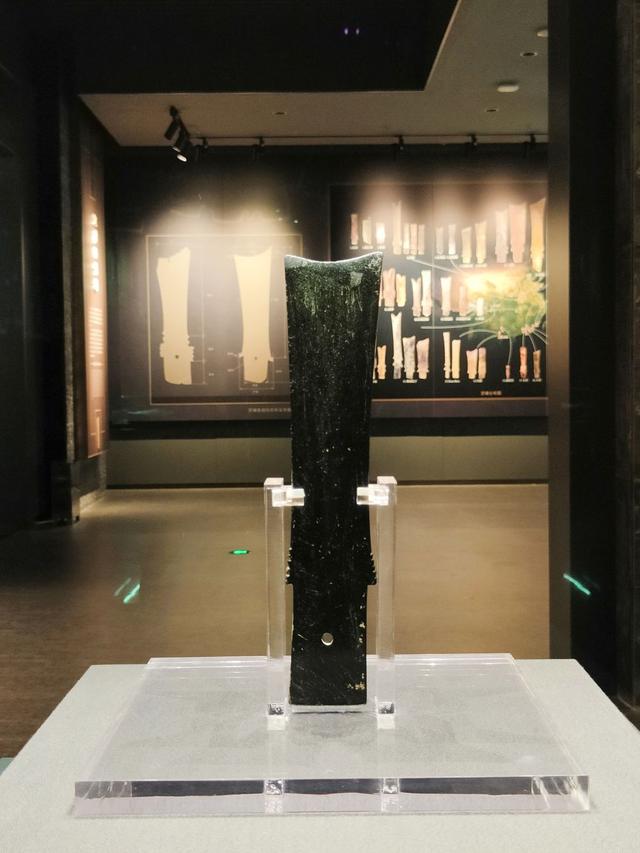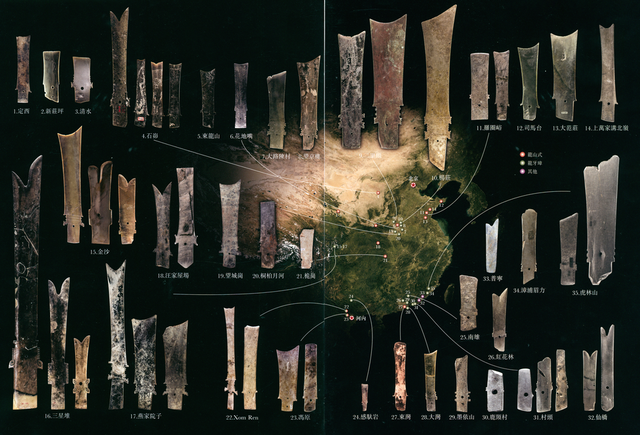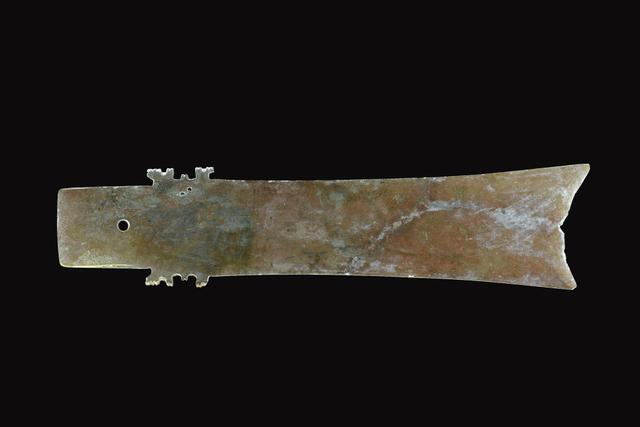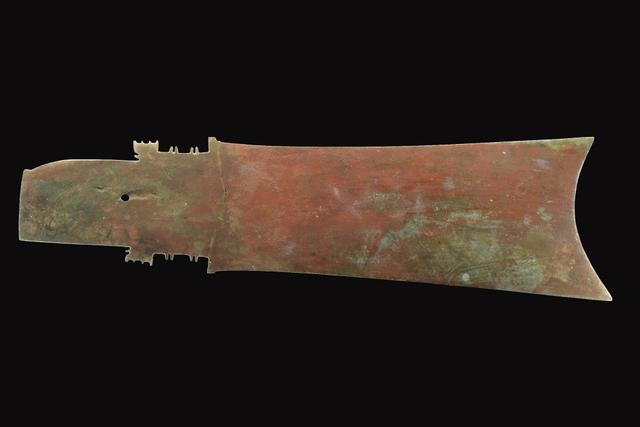Tooth: The "proof" of the Xia Chao Cultural Wide -area Communication
Author:Henan Daily Client Time:2022.09.04
On September 2nd, the "Star Ending Heaven -China's Centennial Top 100 Archaeological Discovery Exhibition" was launched at the Zhengzhou Museum (Wenhan Street Museum). This is one of the exhibitions launched during the ninth "Bo Fair".
Among the many cultural relics that show the centennial footprints and fruitful results of Chinese archeology, several teeth have attracted many audiences to stop and watch.
At the same time, in the Archaeological Museum of the Zhengzhou Cultural Relics and Archeology Research Institute in the Old Town of Zhengzhou, a special exhibition of "Chinese tooth Culture", which integrates different periods and different regions, and shows related academic research results.

This is the Mo Yu tooth unearthed from the Gongyi Flower Top Site of Henan. It is exhibited at the Archaeological Museum of the Cultural Relics and Archeology Research Institute of Zhengzhou. Xinhua News Agency reporter Yuan Yueming Photo
From the appearance point of view, the tooth is usually a flat thin strip, the handle has a hole, and the front end has a concave blade, a Y -shaped blade or a flat blade. Started teeth. In terms of materials, the teeth are mostly made of jade and stone, and a few are gold, bone, and copper texture.
In the late Xia Dynasty, the two miles of Henan, Henan, found 4 jade teeth. Compared with the well -known cultural relics such as green pine dragon shape and cream nails, the "looks" of the tooth seem to be too "flat". However, for a long time, the origin and diffusion of toothy have attracted much attention from the archeological community.

This is the distribution map of the Archaeological Museum of the Archaeological Museum of the Zhengzhou Cultural Relics and Archeology. (Photo Conferring in Zhengzhou Cultural Relics and Archeology Research Institute)
"According to the existing archeological empirical materials, the emergence of tooth can be traced back to more than 4,000 years ago, and it was found in the Longshan Cultural Site in Shandong and the Shihu sites in northern Shaanxi." According to the Archeology of the Chinese Academy of Social Sciences Zhao Haitao, the captain of the Institute Erlitou Working Team, introduced that the early teeth were smaller and the shape was relatively simple. Most of them were from mountain sacrifices or city walls.
In the cultural period of Erlitou, the style and function of the tooth had changed significantly: the body size was large, and the length was increased from the previous about 30 cm to about 50 cm; It may be the image of the dragon that opens his mouth; the functional ritualization is used, and the 4 tooth discovered by the Erlitou site are all from the high -level aristocratic tombs, indicating that the tooth has become an important ritual in a representative level identity.

This is a tooth (information photo) unearthed from the Erlitou site of Yanshi in Henan. (Pictures of the Erlitou Working Team of the Institute of Archeology, Chinese Academy of Social Sciences)
What is more noteworthy is that from the Central Plains region to the south, many sites that are far away from Erlitou, such as Wangjiawu Farm, Jingzhou, Hubei, and Samsung, Sichuan Guanghan Sanxingdui. A large -scale, cross -regional dissemination attitude.
"Related studies have shown that a transmission path is passed through Hubei and Hunan to Guangdong, Fujian, and Hong Kong. The other transmission path is along the Yangtze River to the Sanxingdui area, and then continues to the south to northern Vietnam." Zhao Haitao said.
Some scholars have pointed out that the connotation of the etiquette of Daisheng has shined in the site group with the culture of the Central Plains Erlitou, and the route of spreading and spreading to the surrounding vast areas can also be clearly stated that at that time The pattern of dynasty identity, cultural identity and ceremony.

(Xinhua News Agency: Guijuan, Yuan Yueming Video: Ren Zhuoru)
- END -
The 4 points of disputes of white tea cakes, not to be said, use the national standard of "White Tea" to answer
丨 This article is original by Xiao Chen tea丨 First of the People's No.: Xiao Che...